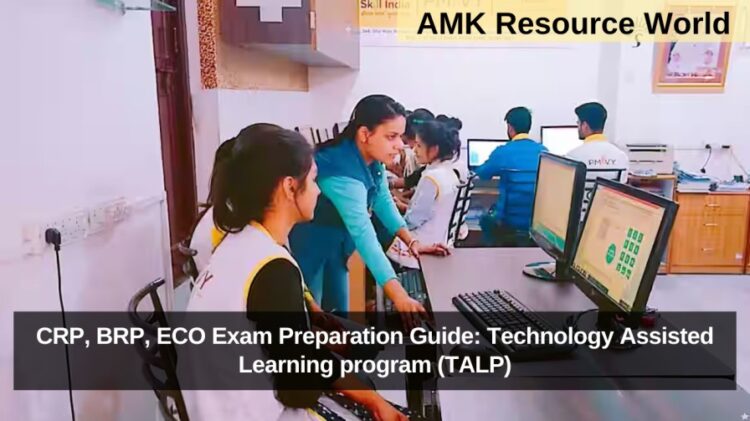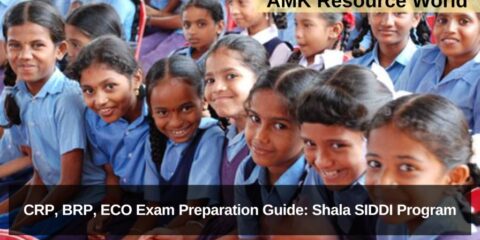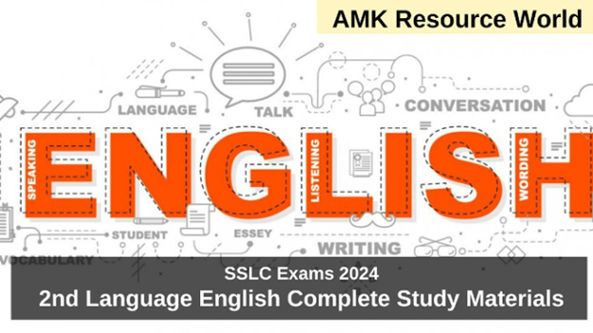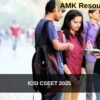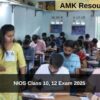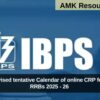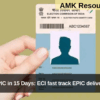The Technology Assisted Learning Programme (TALP), initiated by the Government of Karnataka in 2016–17, represents a significant stride towards integrating Information and Communication Technology (ICT) into the state’s educational framework. Aimed at enhancing digital literacy and enriching classroom experiences, TALP focuses on embedding technology into teaching methodologies across various subjects.
OBJECTIVES AND IMPLEMENTATION
TALP’s primary objective is to complement traditional classroom teaching with ICT-enabled learning, thereby fostering digital literacy among secondary school students. The program encompasses subjects such as Science, Mathematics, Social Science, and English, promoting an interactive and engaging learning environment.
To achieve this, the Department of Education has:
- Mapped digital resources to the state curriculum, including platforms like Karnataka Open Educational Resources (KOER), EDUSAT, Amrita O’Labs, and Agastya Foundation Science Experiments.
- Pre-loaded laptops with subject-specific e-content for distribution to schools.
- Established a repository of e-content accessible via servers at the State Data Centre, ensuring schools can update and access materials as needed.
TEACHER EMPOWERMENT AND TRAINING
A cornerstone of TALP is the empowerment of teachers through comprehensive training programs. Educators undergo Induction and Refresher Courses, equipping them with the skills to effectively integrate technology into their teaching practices.
This approach ensures that teachers are not merely passive recipients of technology but active facilitators of a digitally enriched curriculum.
IMPACT AND OUTCOMES
TALP has led to notable improvements in student engagement and learning outcomes. The interactive nature of ICT tools has made learning more appealing, resulting in increased attendance and participation.
Furthermore, the program has democratized access to quality educational resources, bridging gaps between urban and rural schools.
CHALLENGES AND FUTURE DIRECTIONS
Despite its successes, TALP faces challenges, including:
- Inadequate infrastructure in some schools, such as the absence of smart boards and projectors.
- Limited availability of pre-loaded content for all subjects.
Addressing these issues is crucial for the program’s scalability and sustainability. Future plans involve expanding digital content across all subjects and enhancing infrastructure to support comprehensive ICT integration.
TALP stands as a testament to Karnataka’s commitment to leveraging technology for educational advancement. By fostering digital literacy and enriching the learning experience, the program lays a robust foundation for students to thrive in an increasingly digital world.
As TALP continues to evolve, its focus on teacher empowerment, curriculum integration, and infrastructural development will be pivotal in shaping the future of education in Karnataka.
MULTIPLE CHOICE QUESTIONS WITH KEY
| MCQ | CLICK HERE |
RESOURCE HANDBOOKS
| Handbook 1 | CLICK HERE |
| Handbook 2 | CLICK HERE |
